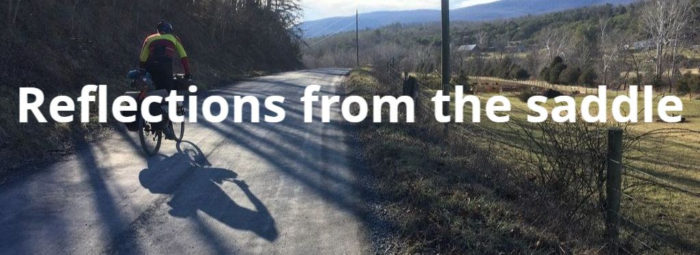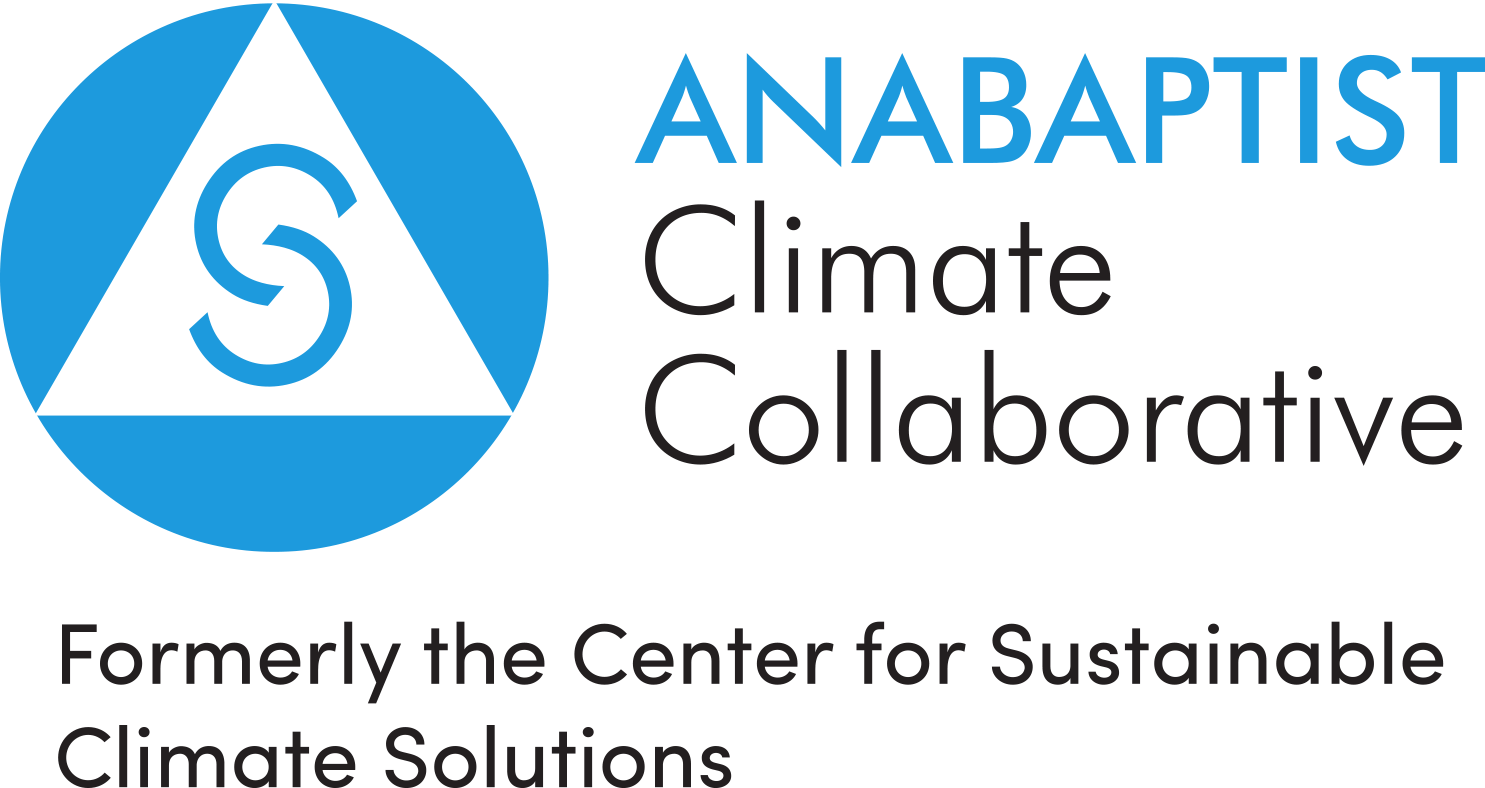
By Samantha E Lioi
‘What you notice on a bicycle and what you miss in a car’
Berlin, OH, July 20
We’ve climbed a lot of hills over the last 3,000 miles or so. I’ve noticed it’s possible to have many thoughts while pedaling up a hill, not all of which have a positive effect on one’s state of mind. Knowing this, our trip leader, Joanna, has counseled us not to believe anything we tell ourselves while climbing. Generally speaking, this is incredibly useful advice, but occasionally, I do have a constructive thought or two while riding uphill. While traversing the gravelly hills of Iowa, I noted that when I am the one providing the energy needed to propel myself up a hill, I’m far more aware of the power and fuel required, the energy expended, and what it costs.
Sweating my way up hill after hill, I had plenty of time to think about the human energy needed to move a small metal frame loaded with a rider and some gear and snacks up one hill compared with the energy provided by gasoline to move a car or truck up that same hill. Using fossil fuels to propel us up a hill is less taxing on our bodies, but there are also significant costs to land and bodies when we choose gasoline to power our travels. Moving through rain or hot sun on changing road surfaces from the comfort of a climate-controlled vehicle, we’re not pushed to reflect on those costs.
This realization got me thinking about other things I’m only aware of because I’ve been traveling in the rather vulnerable way of bicycling for the last seven weeks. Forgive the unpleasantness of this observation, but we’ve been confronted by dead animals of many sizes and states of decay in ways I have not experienced before. I’ve never seen so many dead birds—including a goldfinch and a giant owl, and many in between. At times, the expired animal’s body is in parts as we pass by. Driving or riding in a car, we don’t have to look at the violent deaths that are byproducts of our large metal machines hurtling down roads at speeds of 50, 60, 70 and 80 miles an hour. For the most part, these creatures’ deaths and their bodies are invisible to us as we drive through their home territories.
There are smells, too, that one has no choice but to take in while traveling by bicycle. In our days riding through Nebraska, Iowa, Illinois, and Indiana, the smell left in the wake of huge truck trailers hauling animals to slaughter was unavoidable as they passed us on the road. The smell of manure of various descriptions lasts longer as we pass farms at 13-18 miles an hour. Sometimes fumes from a truck engine lingers in the air in front of us.
A cyclist experiences all of the weather up close as well: wind, whether natural or created by a huge truck passing a bit too close, can make a difference in balance and can greatly aid or impede progress on a ride. We committed from the beginning to ride rain or shine, and recently, for about a week we were wet and muddy more often than we were dry.
Perhaps in less than ideal weather, every rider has wondered to themselves why they volunteered to endure the elements and the fatigue of a ride like this. But we know we have chosen to do this—in fact, formally applied to be part of this team. I’m thinking of people who don’t have choices about being exposed to withering, hot sun, soaking or flooding rain, and polluting fumes. Along our way, and specifically during our panel in Lincoln, NE, we’ve talked about the disproportionately harmful effects of earth-degradation and climate change on BIPOC communities and countries with little monetary wealth. I’ve had the opportunity to see my own poverty of understanding—gut-level, bodily understanding—of the immense amount of energy and resources we consume routinely as part of our North American lifestyle, and the violence to creatures and land woven into it.
This ride has deepened my awareness of the ways cars and air conditioning—even houses and beds, and the wealth we use to build and buy more and more comfortable ones—insulate us from the reality of what’s happening in the living, breathing world around us. Our homes and cars and comfort so easily insulate us from the voices of the soil and rivers, swallows, hawks, coyotes, oaks, cottonwoods. What steps will we take to open our ears and become people who hear? As I return home, I will be looking for ways to live a life more integrated with, in sync with, the rest of the creatures on this planet. I welcome ongoing conversations with communities who want to live closer to and more gently with our non-human kin. I’d love to hear how you are moving closer to the non-human life all around you.

